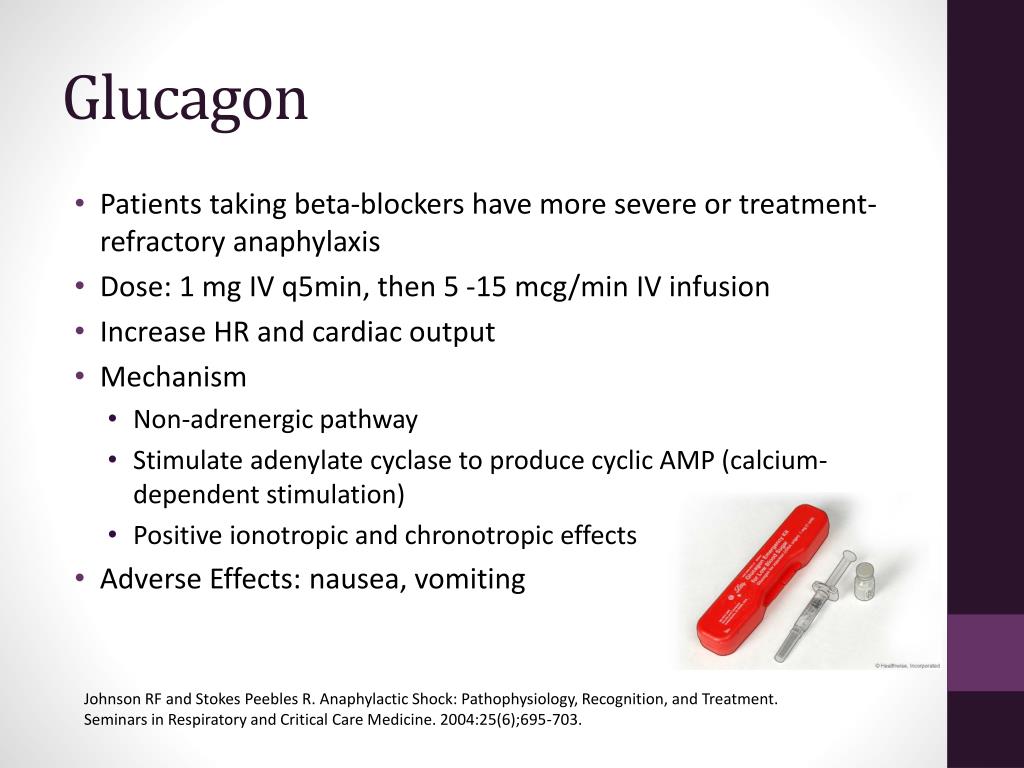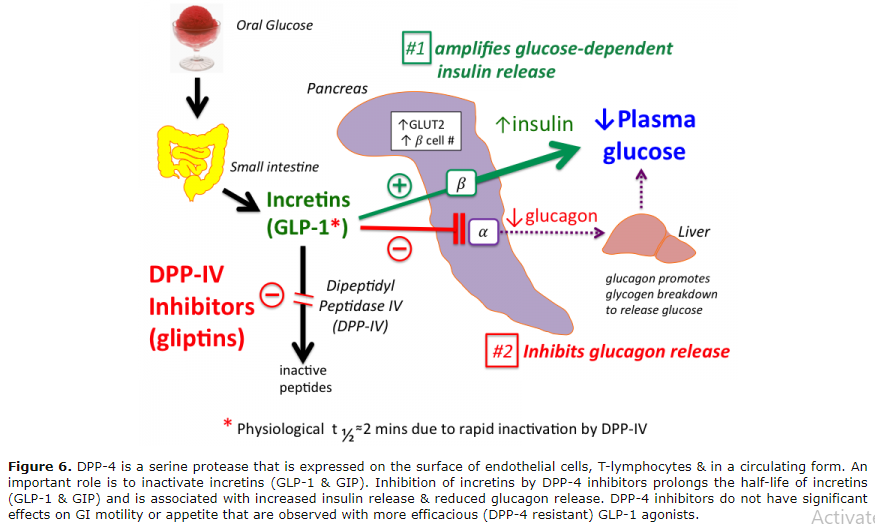

The elevated pressure gradient results in increased capillary transudates and possible interstitial edema. This may be due to precapillary vasodilation with a subsequent increase in transcapillary pressure. Acute respiratory distress syndrome (ARDS) may also occur with severe CCB poisoning. 81, 85 Gastrointestinal (GI) effects, such as nausea and vomiting, are not a typical feature of CCB poisoning. Severely poisoned patients may manifest syncope, altered mental status, coma, and sudden death.

Alteration in mentation in the absence of hypotension should prompt the clinician to consider other causes and ingestions. Early symptoms include fatigue, dizziness, and lightheadedness. 5, 10, 44 The associated clinical findings reflect the degree of cardiovascular compromise and hypoperfusion, particularly to the central nervous system. 78 Patients may also present asymptomatic early following ingestion and subsequently deteriorate rapidly to severe cardiogenic shock. Hypotension is the most common and life-threatening finding in an acute CCB poisoning, typically caused by a combination of decreased inotropy, bradycardia, and peripheral vasodilation. After opening, the rates of recovery of these slow Ca 2+ channels, in both the SA and AV nodal tissue, determine the rate of conduction. This Ca 2+ influx also allows normal propagation of electrical impulses via the specialized myocardial conduction tissues, particularly the atrioventricular (AV) node. 16, 21 Ca 2+ influx also plays an important role in the spontaneous depolarization (phase 4) of the action potential in the sinoatrial (SA) node. Ca 2+ then binds troponin C, which causes a conformational change that displaces troponin and tropomyosin from actin, allowing actin and myosin to bind, resulting in a contraction. 71 This is often termed Ca 2+-dependent Ca 2+ release. The Ca 2+ subsequently stimulates a receptor operated Ca 2+ channel on the sarcoplasmic reticulum, known as the ryanodine receptor, releasing Ca 2+ from the vast stores of the sarcoplasmic reticulum into the cytosol. In myocardial cells, Ca 2+ influx is slower relative to the initial sodium influx that initiates cellular depolarization, and prolongs this depolarization, creating the plateau phase (phase 2) of the action potential ( Chap. + +Ĭa 2+ plays a similarly important role in myocardial contractility. 104 They are therefore commonly used as vasodilators for conditions with increased vascular tone such as hypertension, migraine headaches, and postintracranial hemorrhage–associated vasospasm. 1 In contrast, the dihydropyridines have very little direct effect on the myocardium at therapeutic doses and act primarily as peripheral vasodilators. Verapamil and diltiazem have inhibitory effects on both the sinoatrial (SA) and atrioventricular (AV) nodal tissue and thus are commonly used for the treatment of hypertension, to reduce myocardial oxygen demand, and also to achieve rate control in a variety of tachydysrhythmias. The former includes verapamil and diltiazem, whereas the latter includes many drugs, the chemical names of which all currently end in –pine, such as nifedipine and amlodipine.

It is often more logical to classify them as nondihydropyridine versus dihydropyridine CCBs. 98 Each group binds a slightly different region of the α 1c subunit of the Ca 2+ channel and thus has different affinities for the various L-type Ca 2+ channels, both in the myocardium and the vascular smooth muscle.

34, 59, 65 A fourth class, the tetraols, were developed and included mibefradil, but this drug was withdrawn because of significant adverse drug interactions. CCBs are often classified into three groups based on their chemical structure ( Table 61–2). The primary action of all CCBs available in the United States is antagonism of the L-type or “long-acting” voltage-gated Ca 2+ channels.


 0 kommentar(er)
0 kommentar(er)
